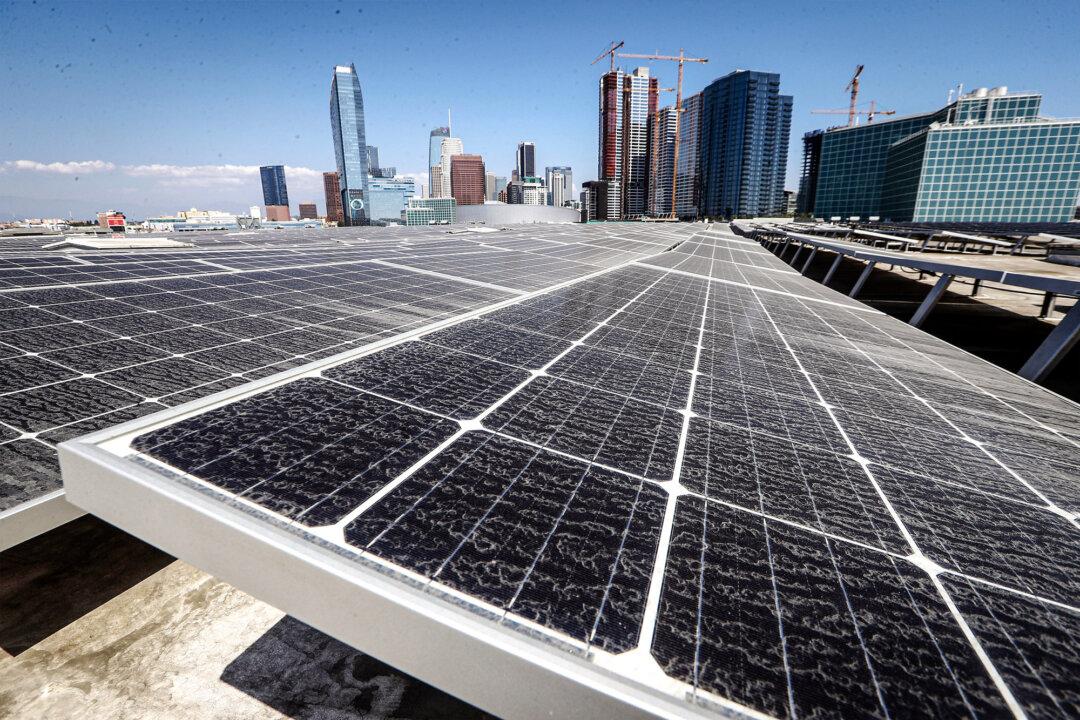Corning had initially allocated up to $900 million for the manufacturing facility, which was expected to create more than 1,100 jobs.
The investment expansion will create 400 “new high-paying advanced manufacturing jobs,” it said, adding that the decision to dial up funding was taken “to support increasing demand for U.S.-made solar components.”
“The company’s increased manufacturing capacity will enable Corning to supply high-quality solar wafers and help strengthen the domestic solar supply chain with industry-leading solar manufacturers,” it said.
The company’s CEO, Wendell P. Weeks, said Corning was “proud to meet the increasing demand for U.S.-sourced solar products by accelerating the ramp of our advanced manufacturing assets and support the nation’s priority of domestic energy security.”
Starting wages at the facility are expected to be above the median wage in the region. To support the project, Michigan Strategic Fund has approved multiple grants and incentives valued at more than $109 million.
Corning’s decision to boost manufacturing capacity in the United States comes amid the Trump administration’s tariffs on imports.
Importing foreign-made components will prove costly to companies, as they now have to pay high import duties. Shifting production stateside makes business sense in such circumstances.
“The president’s implementation of reciprocal tariffs earlier this month with rates of 26 percent, 24 percent, and 46 percent applicable to India, Malaysia, and Vietnam, respectively, creates a significant economic headwind for our manufacturing facilities in these countries selling into the U.S. market,” he said.
Tariffs on China-Backed Solar Imports
On April 21, the Department of Commerce announced plans to slap import duties of up to 3,521 percent on solar cell imports from four Southeast Asian nations to combat unfair trade practices.The decision follows a 2024 complaint filed by American manufacturers alleging that Chinese-owned companies in the four countries were dumping solar products into the United States at unfairly low prices and harming America’s solar sector.
The department said companies located in Cambodia, Malaysia, Thailand, and Vietnam were receiving subsidies from China.
The highest duties—3,521 percent—were charged on solar goods coming from Cambodia as companies in the country refused to cooperate with the U.S. investigation. Malaysia’s Jinko Solar was charged a tariff of 41.56 percent, and Thailand’s Trina Solar faces duties of 375.19 percent.
“These are among the first CVD [countervailing duty] investigations wherein Commerce has made an affirmative finding that companies received transnational subsidies,” the department said.
The American Alliance for Solar Manufacturing Trade Committee, which led the case, welcomed the Commerce Department’s decision.
The decision “confirms what we’ve long known: that Chinese-headquartered solar companies have been cheating the system, undercutting U.S. companies, and costing American workers their livelihoods,” he said.
“Enforcing our trade laws isn’t just a legal matter—it’s essential to rebuilding our industrial base, securing our energy independence, and protecting American jobs.”
The tariffs must now be approved by the U.S. International Trade Commission, which has until June 2 to decide on the matter.
The domestic U.S. market is expected to see robust demand for solar power generation capacity this year.
This accounted for 61 percent of total electricity-generation capacity additions in the country last year. The EIA expects the trend to continue through 2025 as well, projecting 32.5 GW of solar capacity additions.
“Texas (11.6 GW) and California (2.9 GW) will account for almost half of the new utility-scale solar capacity addition in 2025,” said the analysis.
“We expect five other states—Indiana, Arizona, Michigan, Florida, and New York—each to account for more than 1 GW of added solar capacity in 2025 and collectively account for 7.8 GW of planned solar capacity additions.”







